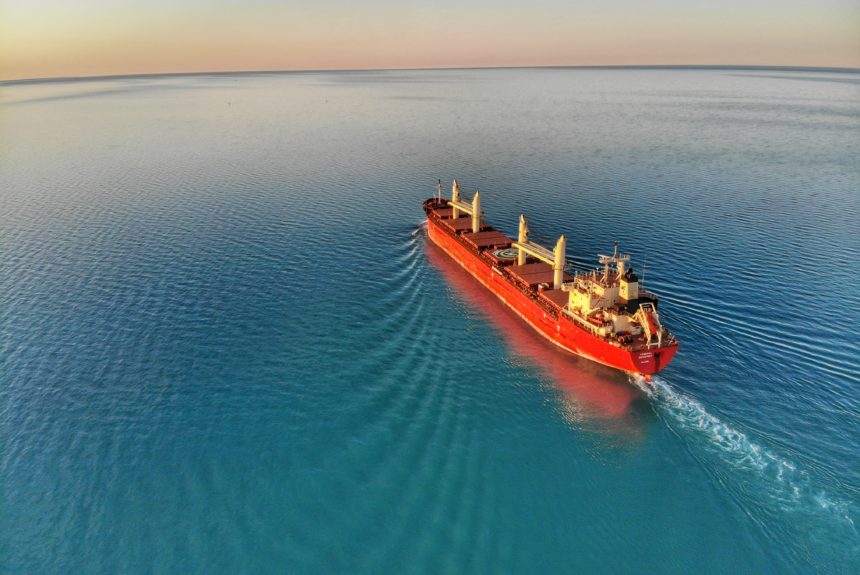Ferries are a key method of transportation in many places around the country. From the ferries that cross the Puget Sound in the Pacific Northwest to the commuter ferries that let people travel to and from their Manhattan workplaces in New York City, these small ships use coastal waters to get Americans where they need to go. Now, a city in Georgia is launching America’s first ferries powered by waterjet propulsion.
Chatham Area Transit in Savannah, Georgia, worked with Marine Jet Power and Derecktor Shipyards New York to commission and launch the United States’ first ferries powered by waterjet propulsion. Waterjet propulsion is relatively straightforward; a pump unit on the bottom of the vessel pulls water in, and the force from pushing the water back out is enough to propel the ship forward.
While other ships have used this technology in American waters, the Juliette Gordon Low II and Susie King Taylor II mark the first use of propulsion on commuter ferries. Each 65-foot ship is equipped with waterjets and a serial hybrid propulsion system. The ferries were christened in New York, and Chatham Area Transit expects them to operate in Savannah early this year.
The ridership numbers for Chatham Area Transit are not publicly broken down by mode of transportation (ferry versus bus, for example). However, the transit authority has stated that it sees roughly 4 million passenger trips annually. Ferry routes in Savannah connect City Hall Landing, the Savannah Convention Center, and the Waving Girl Landing. Each ferry has a capacity of 149 passengers.
“Chatham Area Transit faced specific operational challenges, including frequent docking and varying currents. Waterjets, with their inherent maneuverability and seamless integration with hybrid-electric systems, provided the perfect answer,” remarked Kevin Kirby, president and regional director of Marine Jet Power Americas.
>>>READ: How Technology Can Make Hydropower More Efficient
These ferries are unlikely to be entirely powered by waterjet propulsion technology. The ships also have diesel engines they can use for power. However, they also have a lithium-ion battery to capture the power generated by the waterjets, making them a more environmentally friendly option than a traditional ferry. By relying on power generated by propulsion, the boat will reduce its carbon emissions while reducing the marine sound pollution typical of a diesel engine.
These hybrid ferries will also likely reduce operational costs by making the ferry routes more energy-efficient. According to marine energy company Wärtsilä, hybrid ships can lower fuel consumption by 15 to 25 percent compared to equivalent diesel-powered vessels. Chatham Area Transit’s Fiscal Year 2024 budget for marine expenditures was more than $1.36 million. Considering the transit authority receives funding from state and federal agencies, reducing operating costs could save taxpayers money even if fares do not increase.
“Investing in hybrid ferry technology is not just about improving our transit services—it’s about setting a precedent for sustainable innovation,” said Deidrick Cody, Chatham Area Transit Board of Directors chairman. “The Susie King Taylor II and Juliette Gordon Low II ferries are a testament to our commitment to a greener, more connected future for all.”
If these ferries successfully lower the environmental impacts of moving Savannah’s commuters and tourists at cost-competitive prices, we should expect to see hybrid ferries deployed across other ferry routes in the coming years.
The views and opinions expressed are those of the author’s and do not necessarily reflect the official policy or position of C3.
